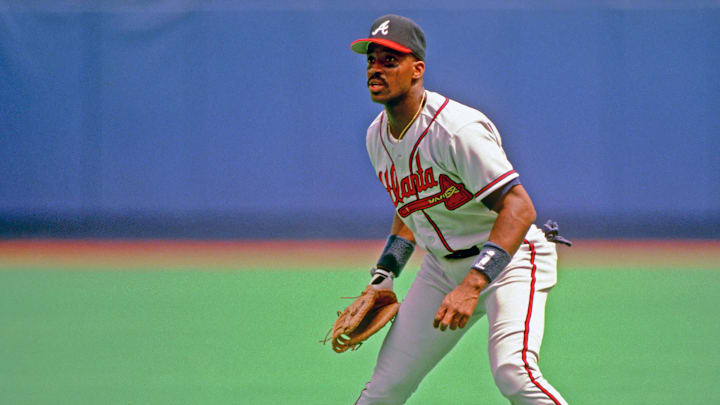Within the next seven days, Major League Baseball will be going through changes, seeing some of the biggest names in the game uprooted and planted onto different fields. The trading block of 2023 features some of the most scintillating talent in the sport, led by the anomaly from Anaheim and a plethora of high-end pitching talents such as Lucas Giolito and Marcus Stroman to name a few. This time next week, the sport as we know it now may very well be drastically changed.
The genesis of the trade deadline can be traced back to 1917, when the National League established a deadline of August 20th, according to Cliff Blau of the Society of American Baseball Research. Three years later, the American League introduced a deadline of its own, falling on July 1st. The following year, the two leagues would agree on a joint deadline of August 1st, moving to June 15th the year after, where it would stay put for nearly sixty years.
Later on down the road, the deadline jumped back to July 31st, 1986 according to Blau. Since then, the end of July has stood as one of the most exciting times in the eyes of baseball fans. We’ve seen teams bolster their lineups top to bottom, while other teams deconstruct almost completely to the studs, often happening within less than 24 hours.
The feverish, chaotic nature of the free-for-all style fire sale that is the week leading up to July 31st has given us some of the most dramatic changes to teams, almost in the blink of an eye. With all the rich history tied to the trade deadline, one starts to feel a bit of nostalgia, looking back on some of the most beloved moves made, shaping the game as we know it today. Each of the thirty teams has a rich, deep history surrounding the biggest day of the summer for the sport and that includes your Atlanta Braves.
As we press onward, head first into the proverbial eye of the storm, one can’t help but look back at some of the moves made in trade deadlines past.
There have been far more than plenty, but when looking inward, a few stand taller than the rest.
